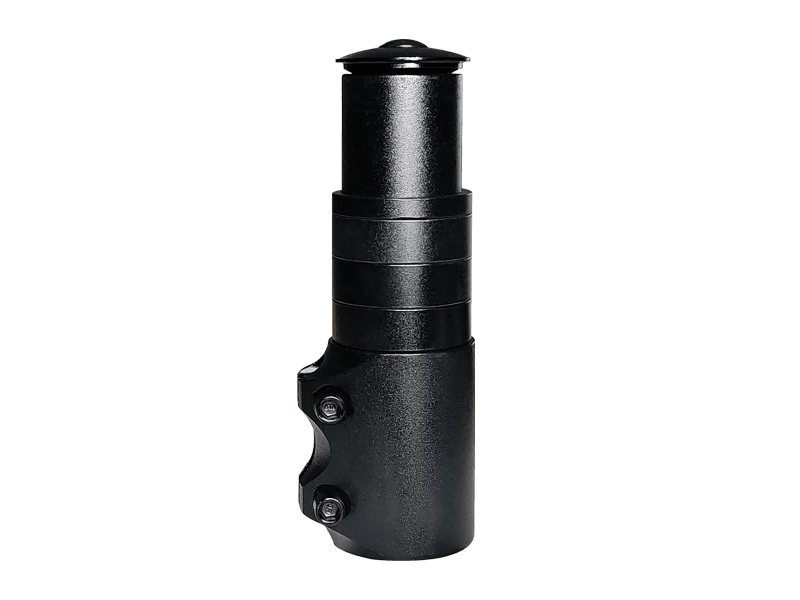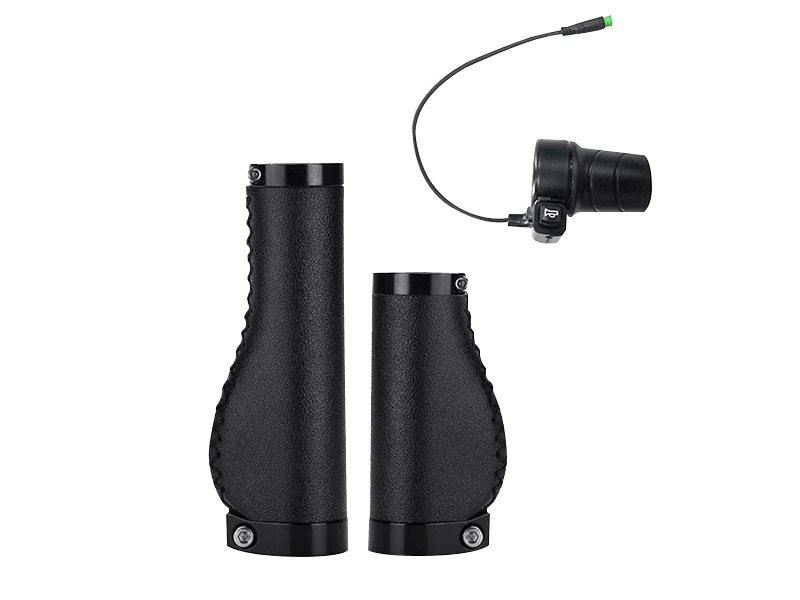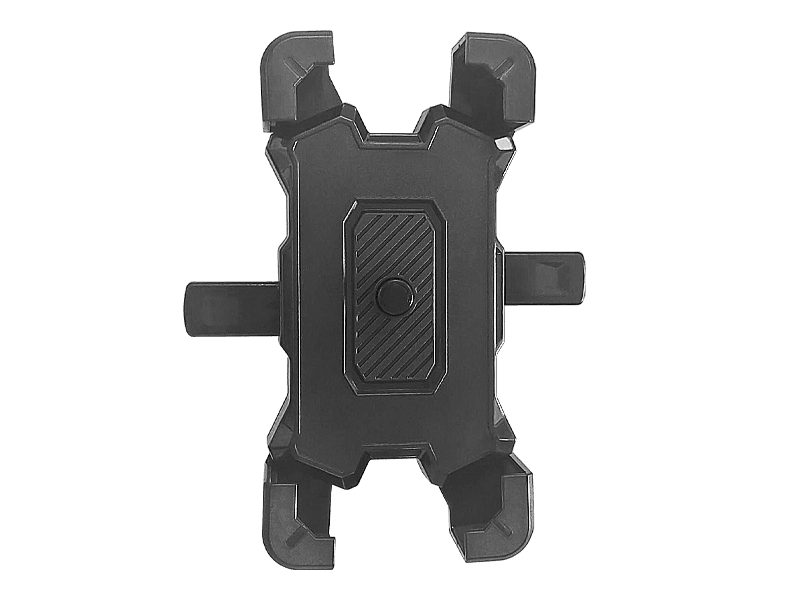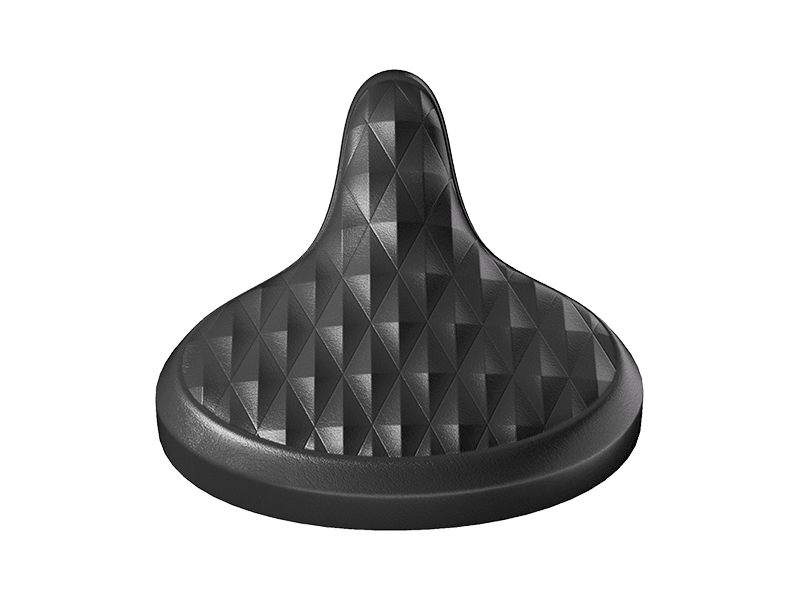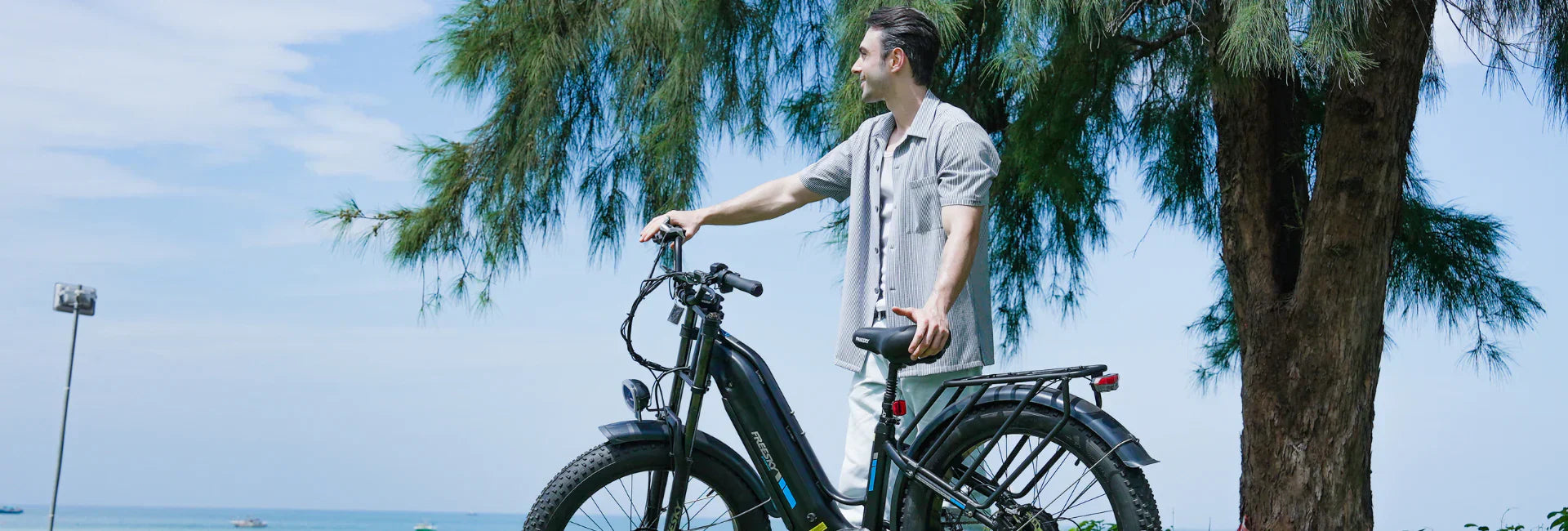5 rychlých způsobů, jak udržet rám elektrického kola těsný a bezpečný
AUG 01, 2025
Často to začíná malým vrzáním. Pak se ozve mírné kymácení při přejíždění dlažebních kostek nebo nerovného povrchu vozovky. Nepředstavujete si to – rám vašeho elektrokola se časem skutečně může uvolňovat.
Dobrou zprávou je, že ve většině případů lze problém vyřešit jednoduchými kontrolami a seřízeními, které můžete provést sami. Udržováním rámu v bezpečí nejen zlepšíte jízdní komfort, ale také zajistíte bezpečnost na každé cestě.
Jak rozpoznat vůli rámu
-
VrzáníKovové tření nebo cvakání při akceleraci, stoupání nebo zatáčení.
-
Nestabilní pocit z jízdyMěkký nebo posuvný pocit při přejíždění hrbolatého nebo drsného povrchu.
-
Uvolněné panty nebo spojkyZnatelná vůle ve skládacích mechanismech nebo spojích rámu.
-
Nesprávné seřízení kolPokud se přední a zadní kola při zvedání kola správně nesrovnají, může být rám zkroucený nebo deformovaný.
Pět kontrol pro udržení stability vašeho rámu
1. Hlavové složení a představec
Pokud se řídítka při zatáčení zdají nestabilní nebo cvakají, může být uvolněné hlavové složení nebo představec.
Co dělat:
-
Držte přední kolo pevně mezi nohama.
-
Otočte řídítka – pokud se pohybují samostatně, utáhněte šrouby imbusovým klíčem.
-
Utahujte pouze do utažení, vyvarujte se nadměrné síly.
2. Objímka sedlovky
Klouzající sedlovka může způsobit pohyb v zadní části rámu.
Co dělat:
-
Povolte svorku, upravte výšku sedla a poté ji znovu utáhněte.
-
Pro přesné utažení použijte momentový klíč, pokud je k dispozici.
-
Pro minimalizaci prokluzování naneste uhlíkovou pastu (pro uhlíkové sloupky) nebo mazivo (pro slitinové sloupky).
3. Kliky a středové složení
Vrzání při šlapání často znamená vůli mezi klikami nebo středovým složením.
Co dělat:
-
Otestujte každou kliku, zda se pohybuje ze strany na stranu.
-
Utáhněte šrouby klikové hřídele správným nástrojem.
-
Pokud je středové složení uvolněné nebo opotřebované, obraťte se na odborný servis ohledně servisu nebo výměny.
4. Skládací klouby (pro skládací elektrokola)
Skládací panty a západky jsou vystaveny neustálému namáhání. I malé mezery mohou způsobit nestabilitu.
Co dělat:
-
Kolo zcela rozložte a zajistěte.
-
Zkontrolujte pohyb v závěsu a šrouby znovu utáhněte.
-
V případě potřeby namažte.
⚠️ Pokud nelze spoj bezpečně utáhnout, obraťte se před další jízdou na svého poskytovatele servisu.
5. Zadní trojúhelník a oblast nápravy
Zadní část je zásadní pro stabilitu.
Co dělat:
-
Zkontrolujte, zda jsou matice náprav nebo rychloupínací páky správně utaženy.
-
Zkontrolujte svary, zda nevykazují praskliny nebo známky namáhání.
-
Zkontrolujte, zda jsou úchyty přehazovačky a brzdy správně upevněny.
Proč na tom záleží
Volný rám není jen nepříjemný. Pokud se neřeší, může vést k:
-
Zvýšené opotřebení součástí.
-
Únava rámu a praskliny.
-
Ve vzácných případech dochází k náhlému strukturálnímu selhání.
Rám vašeho elektrokola je jeho základem. Pravidelné kontroly jsou stejně důležité jako sledování pneumatik a stavu baterie.
Jak zabránit uvolnění rámu
-
Měsíční kontrolaZkontrolujte hlavové složení, sedlovku, kliky a klouby.
-
Zvláštní opatrnost po dešti nebo úkliduVlhkost může urychlit korozi a uvolňování.
-
Používejte správné nástrojeInvestujte do sady šestihranných klíčů a momentového klíče. Pravidelným jezdcům se doporučuje profesionální servis.
Postaveno pro dlouhodobou stabilitu
Vysoce kvalitní rámy jsou navrženy tak, aby odolávaly ohybu a vibracím, což zaručuje dlouhodobou spolehlivost. Elektrokola Freesky jsou konstruována s ohledem na tento princip – zesílené konstrukce a precizní výroba pomáhají zachovat integritu rámu i za náročných jízdních podmínek.
Závěrečné myšlenky
Stabilní jízda začíná bezpečným rámem. Provedením těchto pěti jednoduchých kontrol můžete zajistit, aby vaše elektrokolo bylo bezpečné, responzivní a příjemné na jízdu.
Jezděte bezpečně. Jezděte s jistotou.
Často kladené otázky: Vůle rámu
1. Znamená každé vrzání, že je rám uvolněný?
Ne vždy. Některé zvuky vycházejí ze sedla, pedálů nebo brzd. Ale hlavové složení, kliky nebo skládací klouby jsou první oblasti, které je třeba zkontrolovat.
2. Je bezpečné jezdit, pokud se rám zdá nestabilní?
Nedoporučuje se to. I krátké jízdy mohou způsobit další poškození nebo bezpečnostní rizika.
3. Jsou skládací kola více postižena?
Ano. Skládací panty a západky vyžadují kvůli své konstrukci častější kontroly.
4. Jak často bych měl/a kontrolovat rám?
Doporučuje se jednou za měsíc. Častěji, pokud jezdíte denně nebo v náročném terénu.
5. Jak utažené by měly být šrouby?
Pevně, ale ne příliš utaženo. Nejbezpečnější možností je použití nástroje s omezeným točivým momentem.


